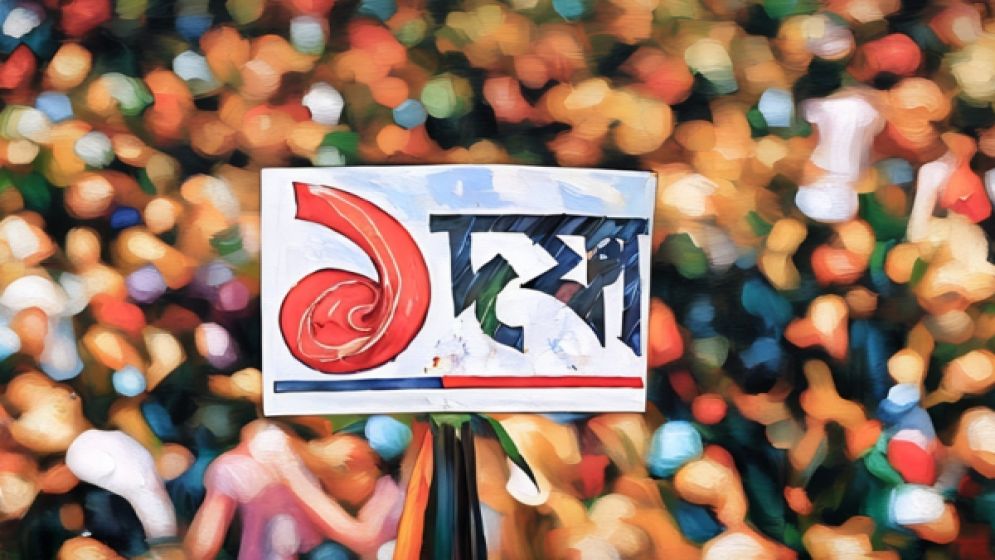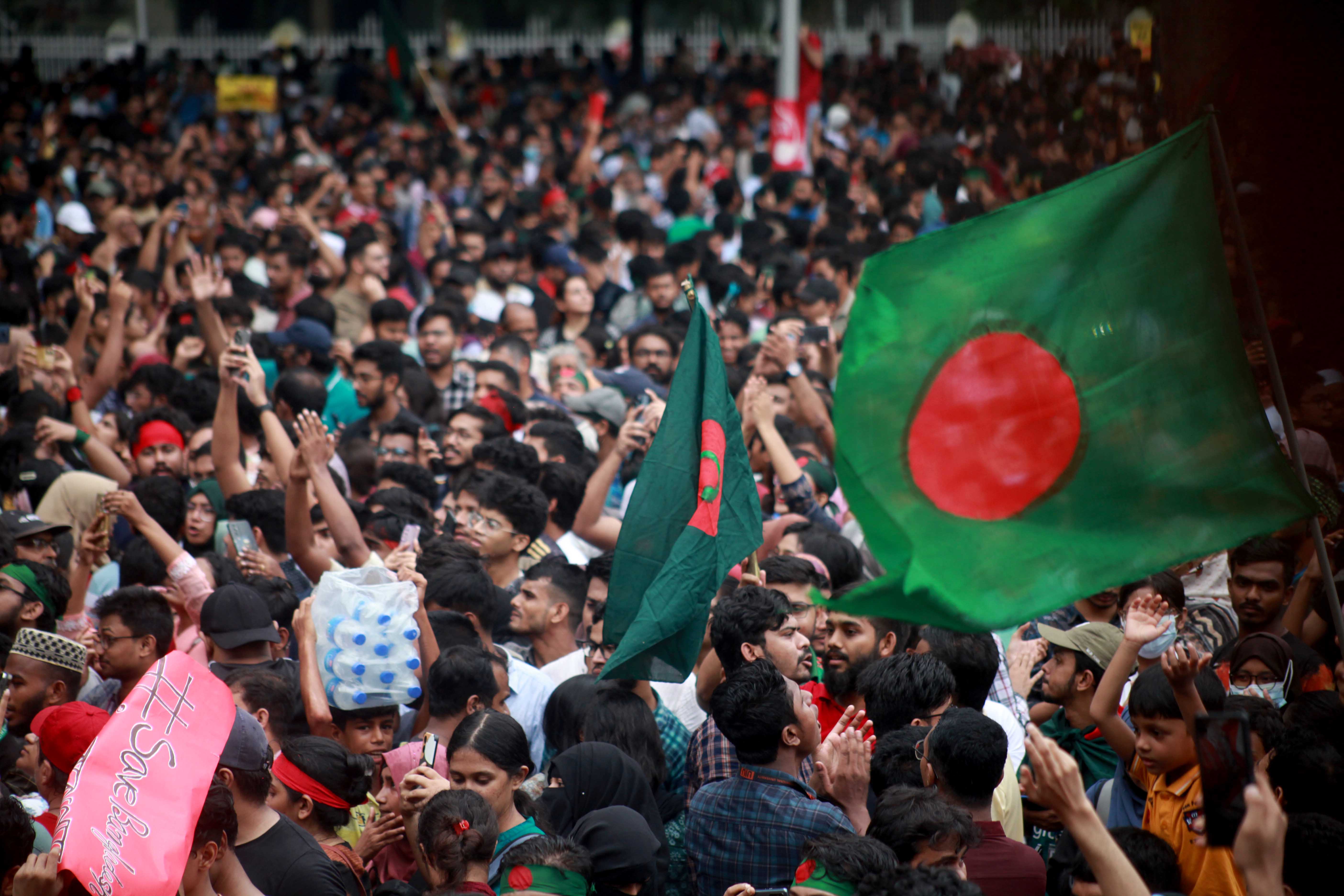Unraveling the success of the July Uprising: Understanding its fundamental nature

Movements can generally be categorized into two types based on their main driving forces: interest-driven and emotion-driven.
However, as this article will explore, the line between these two categories is not always clear-cut. Often, the driving force behind a movement is more nuanced than a simple dichotomy.
A movement might begin with specific interests and later gain momentum through emotional appeal, or it may start from emotional triggers and subsequently develop interests among its participants.
When considering the two ideal types of movements, it becomes apparent that achieving success often requires multiple driving forces working together.
For instance, an interest-driven movement may become ineffective if it lacks an emotional component that resonates with the broader public. Without this emotional connection, the movement may become confined to its direct beneficiaries.
This pattern has been observed in numerous social movements that have lost momentum due to their inability to engage a larger segment of society. Such movements often turn into rent-seeking demonstrations and fail to address wider social, political, or economic issues.
In these situations, the essential processes of frame amplification or frame transformation do not occur.
Conversely, a movement that is driven solely by emotions, without any underlying interest-based goals, may also risk becoming obsolete. While such emotionally driven movements can initially be very powerful, they may quickly lose momentum if there is no core group of activists with material stakes in the movement’s success.
In these scenarios, if the cost of remaining involved escalates significantly due to state repression or other challenges, many participants may withdraw from the movement.
A clear example of this is the Road Safety Movement. Although it began with significant emotional momentum, it struggled to sustain itself under repression because there was no robust base of supporters with material stakes in the movement.

July uprising: Mixture of emotions and interests
Thus, the most effective movements often combine both emotional appeal and concrete interests. This blend was precisely what characterized the July Uprising, which created a powerful synergy that drove the movement forward.
The initial push for reforming the quota system stemmed from an interest-driven demand rather than an emotional one. Students felt discriminated against, particularly after the rollback of benefits they had secured during the 2018 Quota Reform Movement.
This generated a strong base of protesters who sought change to ensure fair access to public jobs, which were impeded by the quota system.
In addition to this interest-based support, there was also an emotional constituency that emerged in response to the disparaging comments made by the prime minister.
For instance, when the university halls at Dhaka University and Jahangirnagar University were closed and it seemed like the student movement might be effectively suppressed, students from private universities joined the protests with considerable force.
These private university students were likely not primarily motivated by the initial demand for quota reform, as many of them have little concern for public job reservations and are more focused on private employment or opportunities abroad.
From this perspective, the involvement of private university students was a notable development. Their participation was probably driven less by the specific demand for quota reform and more by their outrage over the violence and deaths of students on the streets.
In fact, the movement had shifted away from its original demand for quota reform long before the dictator fled. After the deaths of six students, the movement's focus expanded and evolved to advocate for the fulfillment of the nine-point demands outlined by Abdul Kader.

Framing of demands and the optic of movement
The framing of these nine points was pivotal. Unlike the softer demands that the Road Safety Movement had been constrained by through media manipulation, these new demands were much more stringent. They included calls for the resignation of two key ministers and an apology from the Prime Minister, with a demand for taking responsibility for the student deaths.
These were demands that the rigid, authoritarian regime of Hasina could not accept. Agreeing to them would represent a significant political defeat and make the regime appear weak.
Rather than conceding to these demands, Sheikh Hasina chose to escalate the violence. However, this approach proved ineffective.
The excessive violence already committed had made the situation untenable, and the armed forces were reluctant to engage in further bloodshed, which would not only tarnish their reputation domestically but also jeopardize their valued role in UN peacekeeping missions.
The military understood that supporting Hasina's plan could lead to international sanctions against them. Consequently, they opted to facilitate Hasina’s exit and support the student-led July Uprising in securing its final victory.
The July Uprising benefited from several advantageous factors. It emerged at a time when the regime was already weakened by corruption scandals following the 2024 election.
The movement successfully appealed to the public job-seeking youth by building on its origins in the quota reform struggle, while also resonating emotionally with a broader audience due to the prime minister's remarks and the student deaths.
This convergence of factors placed the movement in a fortuitous position, where everything seemed to align in its favor.
While the leaders of various groups who mobilized the movement deserve credit, it is essential to focus on the interplay of interests and emotions as the core elements of the movement’s analysis.
—-
Anupam Debashis Roy is the editor of Muktipotro. This article is an excerpt from his upcoming book Students of the Streets: From the Road Safety Movement to the July Uprising

